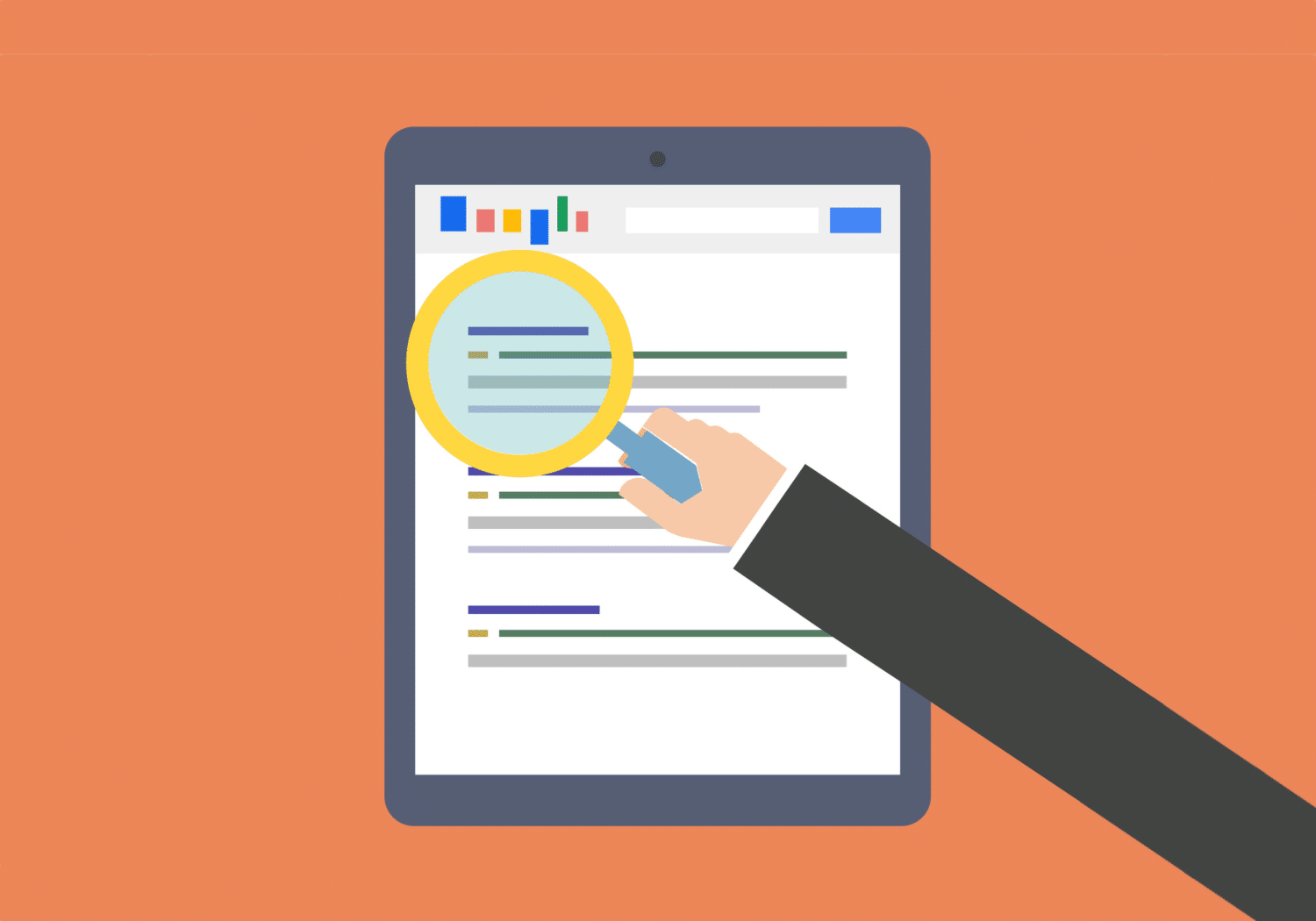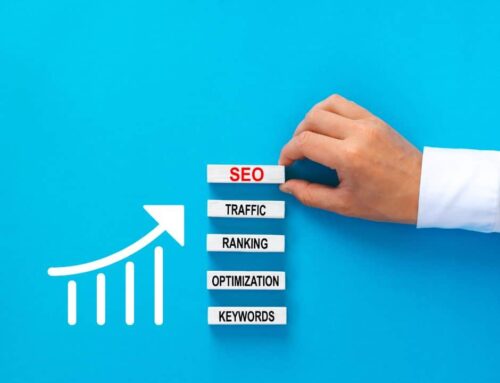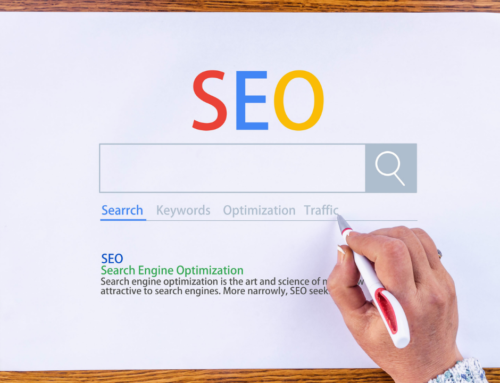When you are searching for anything online, you probably start by typing a phrase into Google’s search bar, and receive a results page of data to sort through. That sounds simple enough. Yet, as you begin to analyze the results, you can become overwhelmed with bold letters, maps, and plain information that you are left to figure out what it all means. Follow through for your cheat sheet on how to decipher Google’s search results.
What’s SERP?
The question is not “What’s up?” Rather, it is “What’s SERP?” SERP is an industry term that stands for Search Engine Results Page. This is the information you receive as an answer to your question. Nonetheless, this comes with numerous types of search results and information that could go on for days. Typically, a Google SERP contains paid advertising, local results, as well as organic results.
Paying Customers First
Google offers a pay per click function called AdWords. This allows people to choose search terms that they pay for, in order to appear on the first page results. They are accompanied by a tag disclosing that they are indeed paid results. Google offers two different types of paid results. Some are paid shopping results, which appear in the first section of the Google shopping list. The other type is the text results. These are websites that will appear in the top three searches with a disclaimer stating that they are paid results. The website owner will select the keywords they want to trigger their results, and pay a premium price to be on the first page of the results.
The Google My Business Results
The next few results will often be local results. These are the results that appear because a company completed the Google My Business profile. These results will also link to a map so you can see where the business is located in relation to you. The listing is triggered by local branded searches that will allow Google to determine where you are located, and what businesses meet the needs of your search query.
Ahhh…Organic Results
Once you get through the paid advertising and the local results, you will finally find the organic results. These are the results that truly meet your search query request based on the nature of the business and the quality of the website, as opposed to a paid position or a local presence. These searches are the direct result of SEO marketing; in essence, there is a positive overlap between businesses finding targeted clients and consumers finding their desired business to meet their needs. The key to organic results is that businesses who have quality SEO markers will always appear first in line in the organic results. Those who do not focus on their SEO, however, will get left at the bottom of the list, and will often be on the 3rd or 4th results page, below several pages of paid results.
As a business, you want to be in all three categories for the proper reasons. You want to take advantage of paid advertising in the markets that will benefit your business model the most. Furthermore, you want to always be found in local searches, because people gravitate toward businesses in close proximity to where they are, and because they like to support local business. Finally, you want to be found organically to build the trust between your business and your client base. If you are ready to fulfill these search needs with your business website, contact the experts at Skol Marketing at 612.787.7565.







